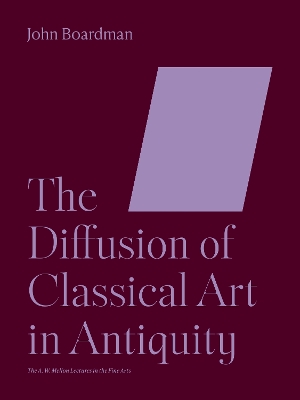The A. W. Mellon Lectures in the Fine Arts
1 total work
From one of the world’s foremost archaeologists and historians of ancient Greek art, a groundbreaking account of how Greek images were understood and used by other ancient peoples, from Britain to China
In this pioneering book, acclaimed archaeologist and art historian John Boardman explores Greek art as a foreign art transmitted to the non-Greeks of antiquity—peoples who were not necessarily able to judge the meaning of Greek art and who may have regarded the Greeks themselves with great hostility. Boardman assesses how and why the arts of the classical world traveled and to what effect, roughly from the eighth century BCE to early centuries CE., from Britain to China. Since the Greeks were not always the intermediaries and the results were largely determined by the needs of the recipients, this becomes a study of foreign images accepted or copied, usually without regard to their original function.
In some places, such as Italy, these images were overwhelmingly successful. In Egypt, the Celtic world, the eastern steppes, and other regions with strong local traditions, they were never effectively assimilated. Finally, in cultures where there was a subtler blend of influences, notably in the Buddhist east, the classical images could serve as a catalyst to the generation of effective new styles.
Boardman's approach is as much archaeological as art-historical, and the processes he reveals pose questions about how images in general are copied and reinterpreted. He also demonstrates that looking at Greek art from the outside provides a wealth of new insights into Greek art itself.
